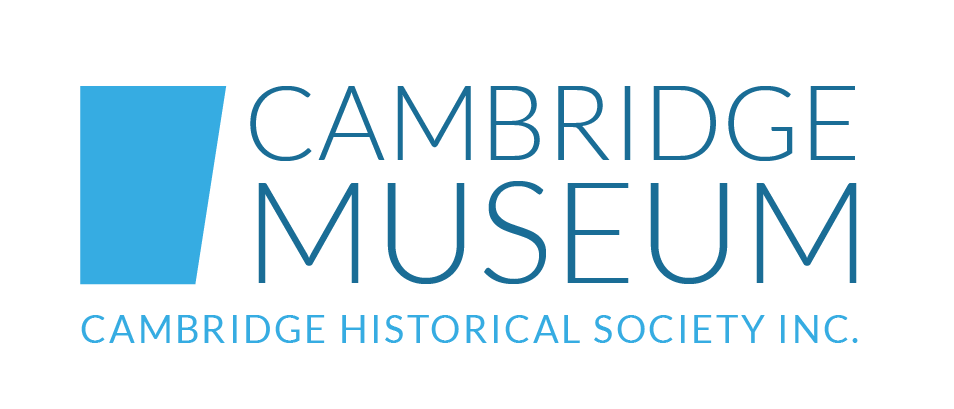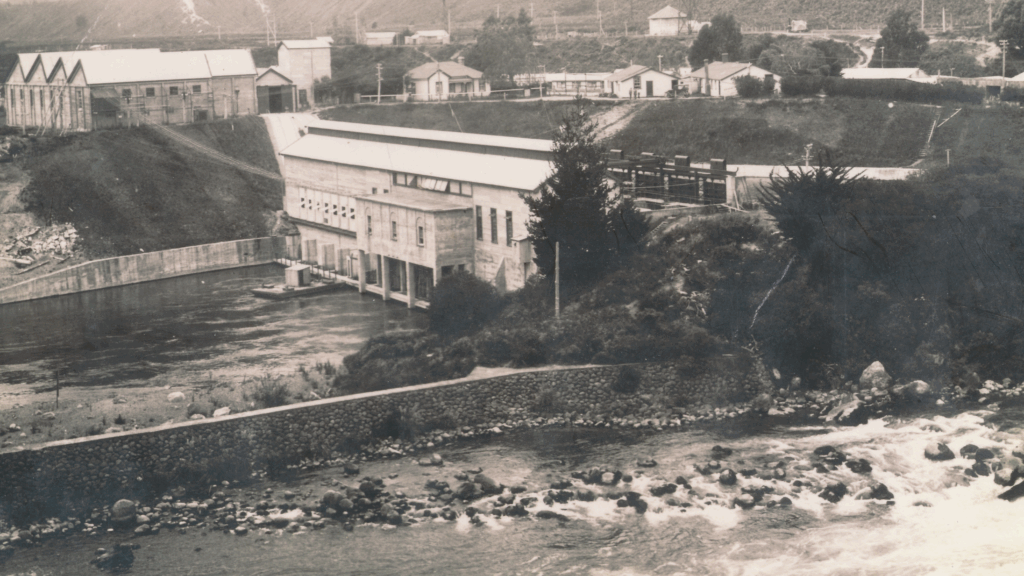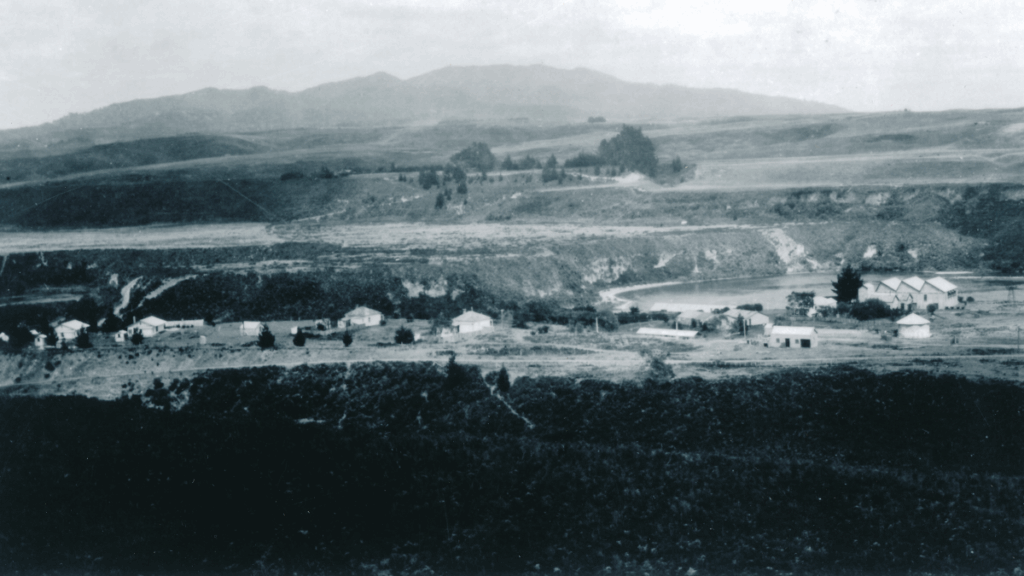Horahora Hydroelectric Power Station
-
Shipwreck Secrets Uncovered
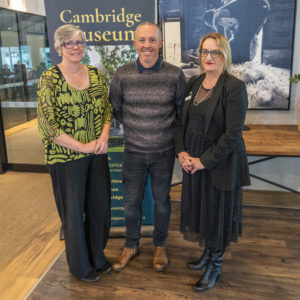
Marine archaeologist Matthew Gainsford, with Elizabeth Harvey and Carey Church, speaking at the U3A/Museum Friends partnership talk series on 23 May 2025. IMAGE: BRUCE HANCOCK
Last Friday, maritime archaeologist Matthew Gainsford gave a talk that took us on the final voyage of the HMS Buffalo. The vessel, once a timber carrier, quarantine and immigrant ship, now lies wrecked 50 m off the coast of Whitianga. Thanks to an expert team including Gainsford, Dr Kurt Bennet, Rebecca Cox and Ngāti Hei iwi, her story is being rewritten.
Built in India in 1813, HMS Buffalo was purchased by the Royal Navy and became part of Britain’s global operations. Her final journey transporting timber brought her to New Zealand, where she was caught in a violent storm and wrecked in July 1840. For decades, her remains were eroded by the sea. During the late 1980s South Australia’s Department of Environment and Planning visited the site and conducted a survey and small excavation. More recently, new methods are breathing life into the HMS Buffalo’s bones.
The marine archaeology team led by Gainsford and Bennet has used 3D photography, underwater mapping and historical re-analysis to build a comprehensive record of the wreck. Their work has revealed discrepancies in the official accounts, questioned the decision-making of her final hours, and revealed unexpected connections with Canadian passengers.
At the heart of the project is a partnership with the Mercury Bay Museum. As Gainsford explained, “Engaging with the local community and schools was a highlight of the Project.’ Through school visits, public programmes and an online display, the project has brought history to life for a wide audience. It’s a shining example of how museums and archaeology work hand in hand to foster curiosity, preserve knowledge and make our past accessible and meaningful.
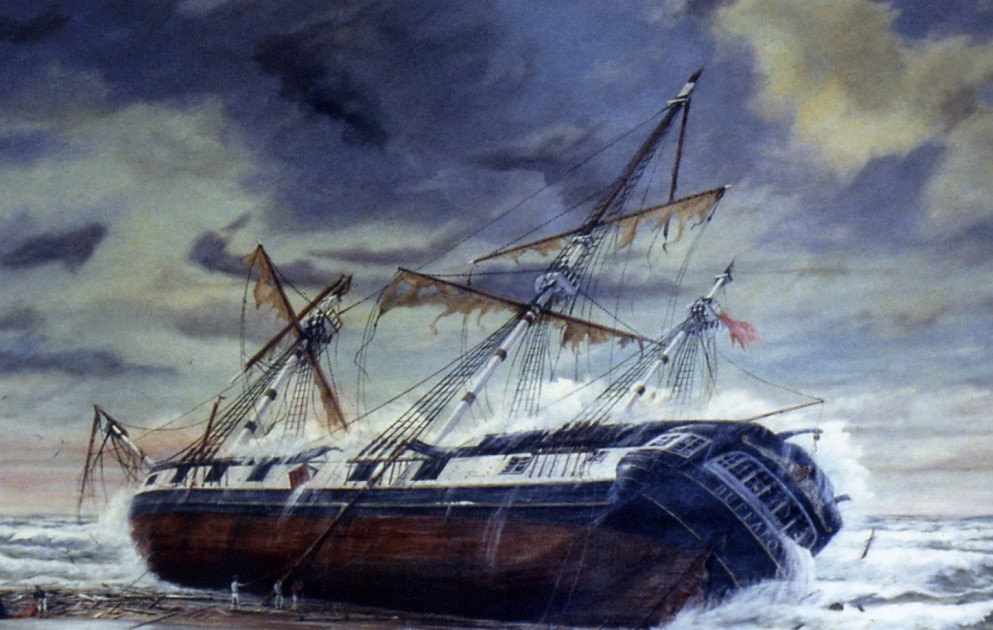
A painting of the wreck of the HMS Buffalo by G Jackson. Photo: Wikimedia Commons https://mercurybaymuseum.co.nz/hms-buffalos-cannon-or-carronade/
Lost to the Lake: Horahora’s Histories
Closer to Cambridge, the remains of Horahora hydroelectric power station lie beneath Lake Karāpiro. It was New Zealand’s first large-scale power plant. Built in 1912-3, to power the gold mines of Waihi, it later became the main power source for the North Island for many years, only to be submerged by Lake Karāpiro in 1947. Archive film footage on display in the museum shows the turbines still spinning as the waters rise.
Friends of Cambridge Museum recently went on a barge trip over the site at Finlay Park. Local guides Ian and Maia shared stories of the families who once lived in the village where there were homes, a school and post office. Steps leading down into the water were a haunting reminder of how new technology can generate major changes in local landscapes.
Join the Journey
Fascinated by stories like these? Want to connect with others who share a passion for learning and exploring history? Then join U3A and Friends of Cambridge Museum.
